Summer presents the best time for you to try out some salad recipes you’ve been thinking about for long. The abundance of beautiful farm produce in grocery stores, and local market will make you feel inspired to try out some delicious salads. As the temperatures rise, salads become a cool and interesting way to not only keep cool but also hydrated especially given that fruits and vegetable are 90% water by weight. As you know, I am all for fitness and salads are part of eating a healthy diet.
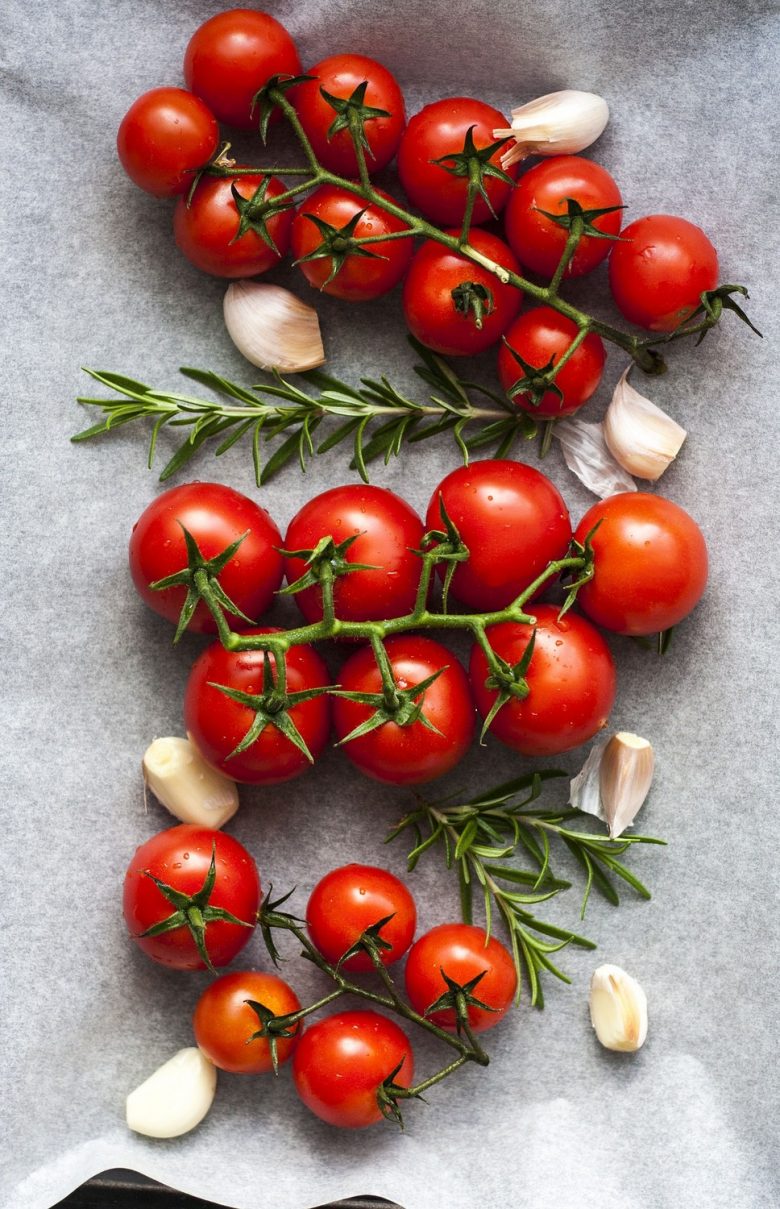
In addition to cooling your body, salads provide other numerous health benefits such as weight loss, glowing skin, improved digestion/metabolism, flush toxins, and improve your immune system. With summer being the official season for picnics, block parties, and barbecues, you will often be asked to bring a salad. I will, therefore, share some helpful salad making tips that will help you eat healthily and keep fit during the summer.
Tips
#1 Make it a meal
Most people believe that eating a salad will not have any real satisfaction and hunger will set in within an hour of eating. Another unfortunate thing is that the most popular summer salads such as potato salad, macaroni salad, and coleslaw are full of calories.
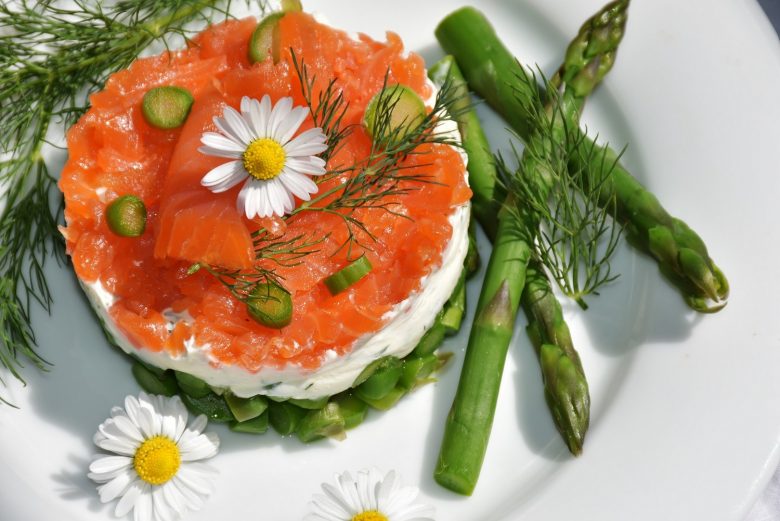
However, the truth of the matter is that making a salad a meal will leave you feeling light but satisfied for hours. More so, adding proteins and carbohydrates to the salad will leave you satisfied for hours just like any other meal. I recommend adding leftovers from the barbecue such as chicken, lean steak, salmon or shrimp, beans; kidney or black beans, baked or smoked tofu or some diced cheeses like mozzarella, feta or parmesan to add flavor.
In addition to the protein add-ins, you can also add a variety of greens, fruits, and nuts and seeds such as sunflower seeds. You should not feel the pressure to crouton/top off with bread cubes as these may add to the calorie load. As much as the salad is a healthy food you should be careful not to add up too many calories.
#2 Work your way up
Wouldn’t it be self-defeating if the salad you trusted to be healthy and help you lose weight made you gain a few pounds? The process of selecting which ingredients to add to your salad thus needs to be carefully thought out because it may end up having too many calories. Working your way up from the bottom to the dressings will help you avoid this. Choices should be made regarding nutrient content especially for the veggies as some are more nutritious than others. Using a variety of colorful veggies will not only add to the diversity of the nutrients in the salad but also make the salad more enticing to eat.
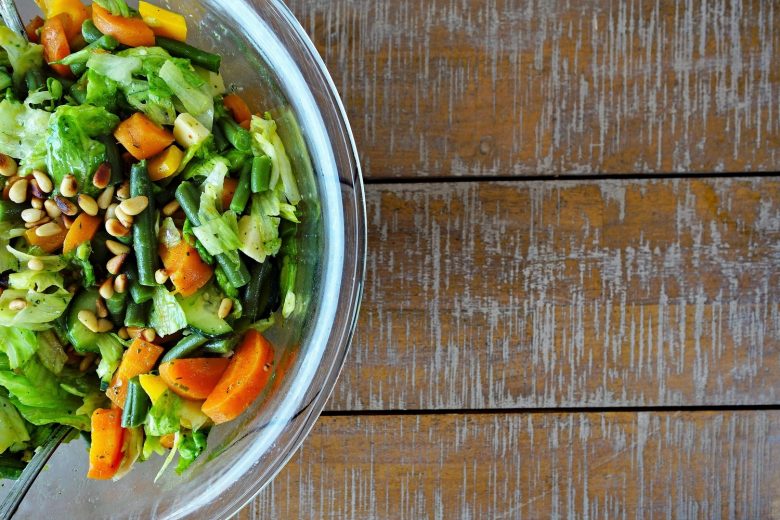
When adding proteins, choose one lean protein or several smaller portions of proteins, avoid fried toppings and stick to the daily recommended amount of proteins. Extras such as cheese, nuts, seeds, avocados or olives while being tasty should also be chosen carefully. Instead of adding different portions of many, add one favorite one and monitor the portions.
#3 Watch the dressings
Dousing salads in heavy dressings, even healthy ones like olive oil, not only builds up the calorie load but can also leave a bad feeling in your gut. You should minimize the oils or mayo and consider using new options like salsa, hummus, garlic or minced fresh ginger, flavored vinegar, lemon or orange juice to add flavor to the salad. You could also try other substitutes like plain yogurt, fat-free sour cream, honey or light corn syrup, wine, low sodium chicken broth, fruit juice or nectars.
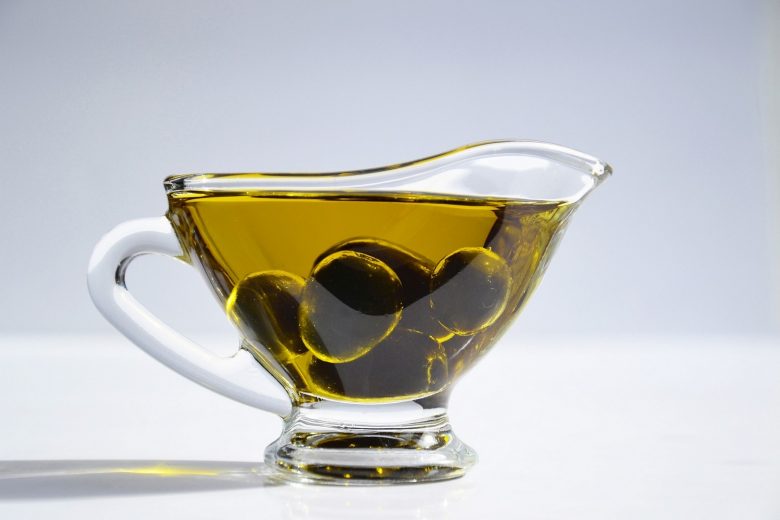
Quick tip: Rather than pouring dressing directly into the salad, get it on the side such that you can dip your fork into it before piercing the salad. This way you will consume less of it while still tasting it in every bite. Alternatively, dress just before serving the salad to be crispy.
#4 Soak your greens and properly store them
While washing your greens, add them in a large bowl of cold water, gently toss them, and let them soak for a few minutes, then lift them leaving the dirt at the bottom. Repeat the process to clean them and freshen them up properly. When storing, you should cover them with paper towels before placing them in plastic bags and seal them to expel as much air as possible before storing in a cool place or a vegetable crisper.
#5 Use healthier alternatives
Rather than use other oils while dressing, I prefer using canola or olive oil as it is pumped with monounsaturated fats and healthy omega-3 fatty acids for canola and increased phytochemicals in olive oil.
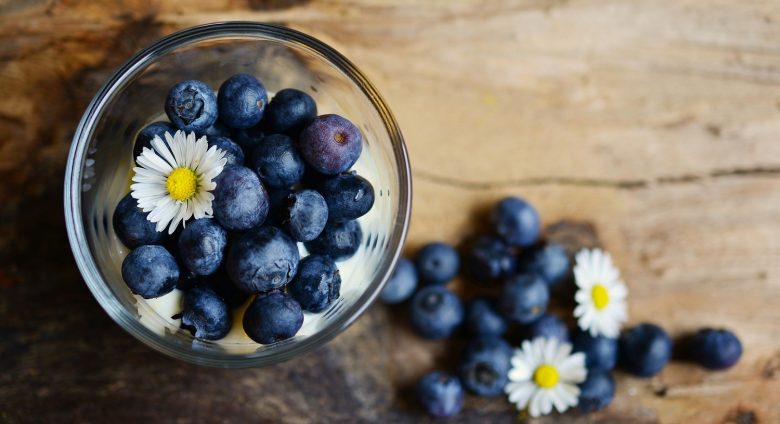
For lettuce, the darker the green, the more vitamins, and phytochemicals it contains thus romaine lettuce and spinach make the best choice. Cabbage is also a good choice.
#6 Try some new recipes
Rather than making the traditional mayo-drenched potato salad or coleslaw, try some new recipes to keep thing more exciting and interesting. Because people tend to get bored easily, you can try different types of veggies like new types of lettuce and even add a fruit or two like apples, kiwi or berries.
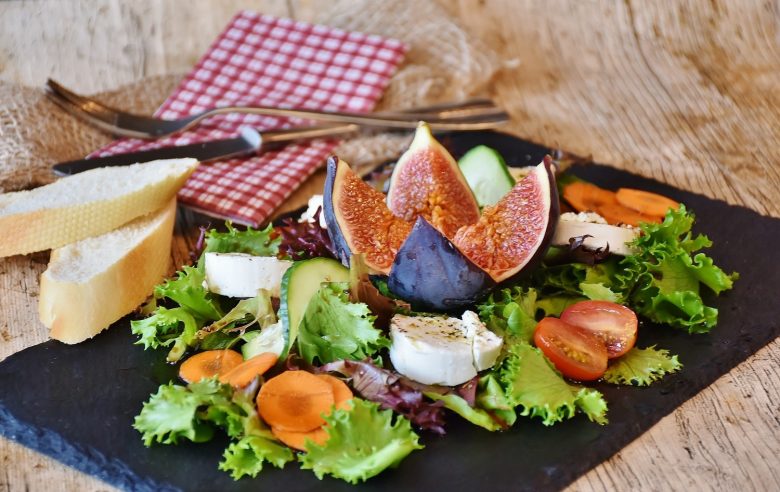
Finally, try adding dried fruit like raisins, apricots or cranberries, herbs, spices, green onions and other ingredients that will kick up the flavor.
#7 Use whole-wheat grain or brown rice
While making pasta or rice salad, try using whole-wheat grain or brown rice to increase fiber, minerals, vitamins, and phytochemicals. I also recommend tossing in some crunchy veggies like bell pepper, cauliflower florets, or broccoli to add to the nutrients.
#8 Packing your salad
This is an important step as you want to eat your salad in the best condition whether in the office or at a cookout. To avoid the salad getting all mushy, pack the ingredients separately (proteins, veggies, and dressing) then combine them before eating. You could use containers or resealable plastic bags then store in a cool place preferably the refrigerator.
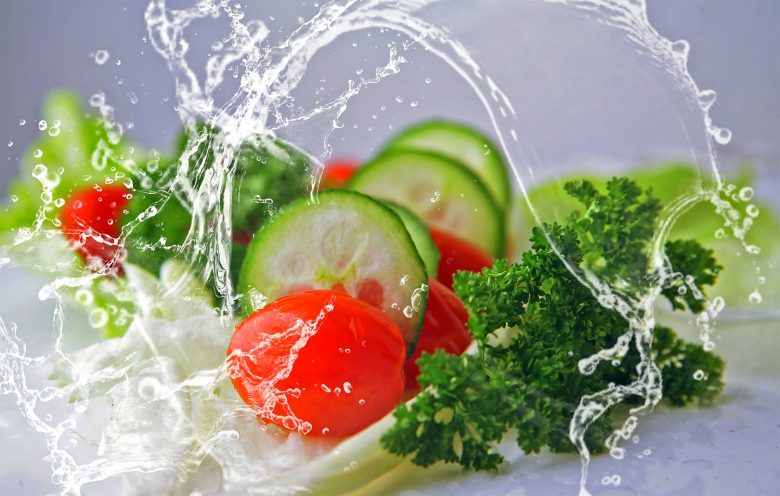
With the knowledge of how to best prepare salads this summer, I hope that you will go on to explore different recipes to make many interesting salads. The warm weather salads will keep you hydrated, satisfied and cool. Make a mess, go wild but most importantly learn and make great salads that stand out.
List of Recommended Books
Any other tips on making summer salads? Please do share! 🙂

We eat salads all year round, but esp. a lot during summer time. These are some great tips. Thanks for sharing, Agness.
Yummm! I love good salads! Good tips – I pack a salad for lunch at work every day 🙂
I totally agree with you when you said that summer is salad season. These are helpful tips keeping your salads fresh especially when packing it for work or for picnics.